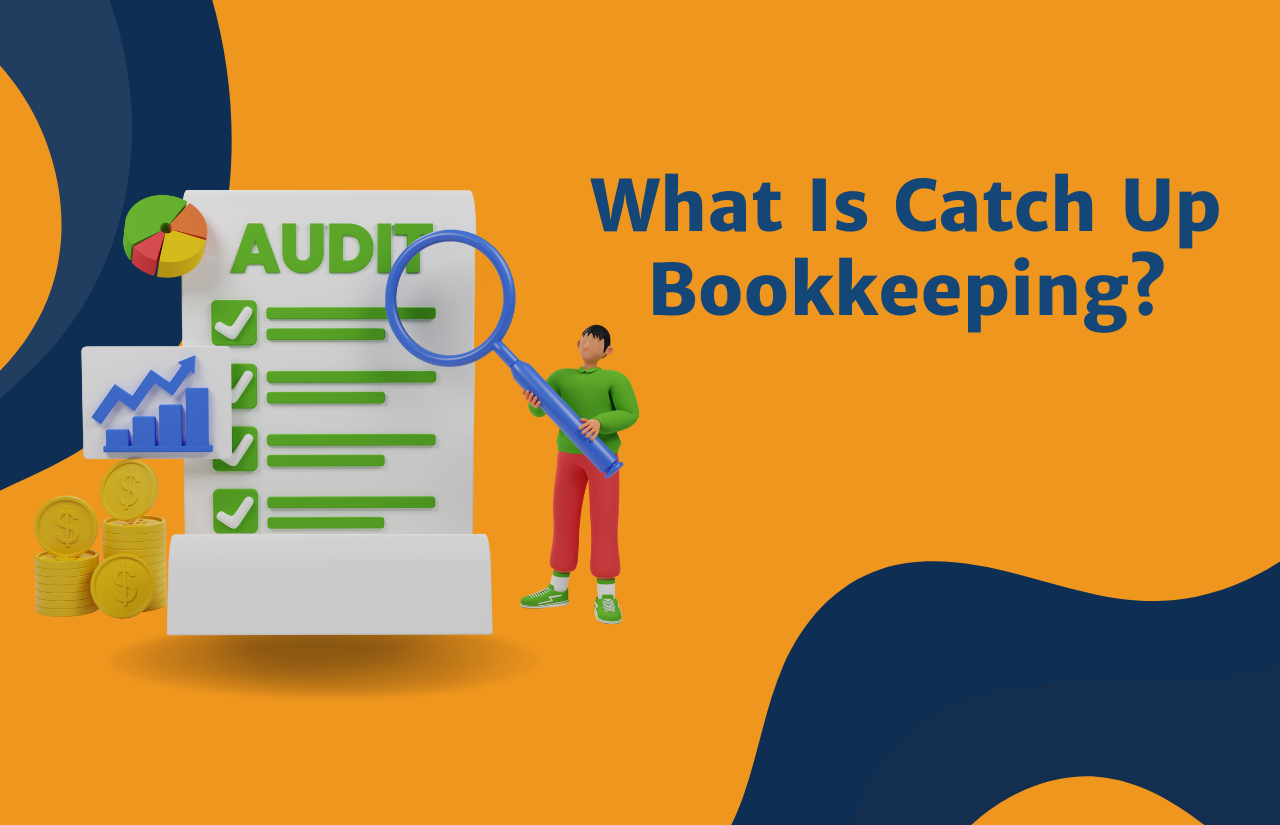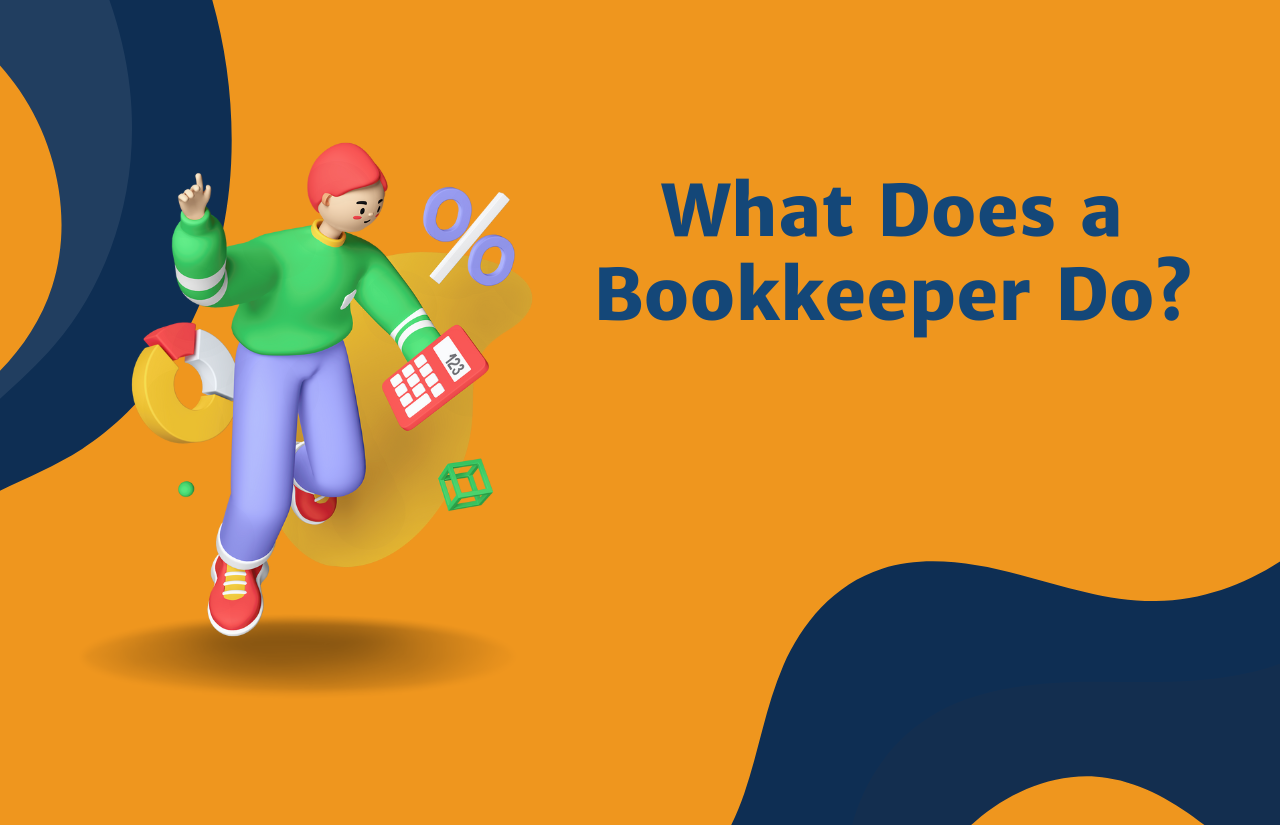The most undeniable fact is that: Understanding your finances is crucial to the success of your business. Whether we like it or not, right?
However, many small business owners find themselves overwhelmed by the multitude of financial reports available to them. It can be difficult to determine which reports are the most important for your business and which ones you can ignore.
In this article, we will provide a guide to the most important financial reports that small business owners should prioritize. By the end of this article, you will have a better understanding of which reports are critical to the success of your business and how to read them. So, let’s dive in!
The Importance of Small Business Financial Reports
As a small business owner, keeping track of your financials is essential for making informed business decisions.
Your decisions will be more accurate if you make sure that you avoid the most common bookkeeping mistakes.
Financial reports provide a snapshot of your business’s financial health, and you can use them to identify areas where you can improve profitability, optimize expenses, and grow your business.
Here are some key reasons why small business owners should prioritize financial reports:
1. Helps You Make Informed Decisions
Small business financial reports provide you with valuable insights that can help you make informed decisions about the future of your business. These reports can tell you where you stand financially, how much you are spending, and where you can make adjustments to increase profits.
2. Supports Business Growth
Financial reports are a powerful tool for supporting business growth. By analyzing your financials, you can identify areas where you can optimize expenses, increase revenues, and improve profitability. This information can help you make strategic decisions about investing in your business to drive growth.
3. Keeps You Accountable
Small business financial reports help you stay accountable for your financials. By regularly reviewing your financial statements, you can ensure that you are on track to meet your financial goals and that you are making progress toward your business objectives.
Now that you know why small business financial reports are important, let’s take a closer look at the most important financial reports that every small business owner should prioritize.
Understanding Financial Statements
When it comes to managing your small business’s finances, understanding your financial statements is crucial. Your financial statements provide insight into your business’s financial performance and health.
Here are the three primary financial statements that small business owners should be familiar with:
1. Income Statement
An income statement, also known as a profit and loss statement (P&L), shows the revenues and expenses for a specific period. This statement helps you determine your business’s profitability by subtracting expenses from revenue. It provides insight into how much money you are making and where you are spending it.
2. Balance Sheet
A balance sheet presents your business’s assets, liabilities, and equity at a specific point in time. This statement provides insight into your business’s financial health and solvency. It helps you determine how much your business is worth and what you owe versus what you own.
3. Cash Flow Statement
The inflow and outflow of cash in your business over a specific period is shown by the cash flow statement. This statement provides insight into how much cash is available to run your business. It helps you understand where your cash is coming from and where it is going.
Understanding these financial statements is critical for small business owners. They can help you make informed decisions about your business’s financial health and performance. In the next section, we will discuss the importance of each statement in more detail.
Now that you have an understanding of the three primary financial statements, it’s time to dive deeper into each one.
Keep reading to learn more about the importance of each statement and how it can help you manage your small business finances.
Understanding the Income Statement
One of the most important financial reports for any small business is the income statement. It is also known as the profit and loss statement, and it shows a summary of a company’s revenue, expenses, and net income or loss over a specific period.
We have dedicated a whole article to the P&L statement and you might find it relevant at some point.
The income statement is divided into two main sections: revenue and expenses.
Revenue includes all of the money a business earns from sales, services, or any other income sources.
Expenses, on the other hand, include all of the costs associated with running the business, including rent, utilities, salaries, supplies, and more.
It is important to note that the income statement shows the performance of a business over a specific period. It can be monthly, quarterly, or yearly, depending on how often the company wants to evaluate its performance.
Small business owners can use the income statement to identify areas where they can cut costs or increase revenue, which can ultimately help improve profitability.
Key takeaways:
- The income statement is also known as the profit and loss statement.
- It shows a summary of a company’s revenue, expenses, and net income or loss over a specific period.
- Revenue includes all of the money a business earns from sales, services, or any other income sources.
- Expenses include all of the costs associated with running the business.
- Small business owners can use the income statement to identify areas where they can cut costs or increase revenue, which can ultimately help improve profitability.
The Balance Sheet
The balance sheet is a snapshot of a company’s financial position at a specific point in time. It provides an overview of the company’s assets, liabilities, and equity.
Here’s what small business owners should know about the balance sheet:
Assets: These are the resources that a company owns or controls, such as cash, inventory, equipment, and property. Small business owners should keep track of their assets to ensure they have enough resources to cover their expenses.
Liabilities: These are the debts and obligations that a company owes to others, such as loans, accounts payable, and taxes. Every small business owner should keep track to ensure they are not overburdened with debt and can meet their obligations on time.
Equity: Represents the net worth of a company, which is the difference between its assets and liabilities. Equity can be contributed by the business owner or earned through profits.
By keeping track of the equity, small business owners will understand the value of their business and how it changes over time.
The balance sheet can help small business owners answer questions such as:
- How much cash does my business have?
- How much debt does my business owe?
- What is the value of my business?
- Are my assets and liabilities in balance?
With the knowledge and understanding of the balance sheet, small business owners can make informed decisions about their finances and plan for the future.
In the next section, we’ll discuss another important financial report: the cash flow statement.
Understanding the Cash Flow Statement
The cash flow statement shows the cash inflows and outflows of a business over a specific period of time. This statement is essential because it helps businesses track the actual movement of cash within the business.
This statement is divided into three main sections: operating activities, investing activities, and financing activities. These sections detail how cash is generated and used in each area of the business.
Operating Activities
Are the cash inflows and outflows related to the day-to-day operations of the business? This includes cash received from customers, cash paid to suppliers, salaries, and wages paid to employees, and other operating expenses.
Investing Activities
Investing activities are the cash inflows and outflows related to the acquisition or disposal of long-term assets. This includes the purchase or sale of property, equipment, and other assets.
Financing Activities
Financing activities are the cash inflows and outflows related to the financing of the business. This includes cash received from loans or other sources of financing and the payment of principal and interest on outstanding debt.
The cash flow statement is important for small businesses because it helps them determine their ability to generate cash and meet their financial obligations. It also provides insights into how the business is investing its cash and whether it is using debt or equity financing to fund its operations.
Conclusion
Small business owners should prioritize financial reports that provide them with insights into the financial health of their business. The three most important financial reports for small businesses are the income statement, balance sheet, and cash flow statement.
These reports help businesses track their revenue, expenses, assets, liabilities, and cash flow, which are essential for making informed financial decisions.
We hope that this article will help you to navigate through your journey as a small business owner.
You may be at a point where you can’t decide if your business needs a Bookkeeping service or DIY bookkeeping, but this article will help you understand better.
Also, you might find valuable insight in our article about outsourced bookkeeping benefits.
If you need any help, let’s schedule a free 1:1 session. It’s free, it’s valuable, and it’s not obligatory.



